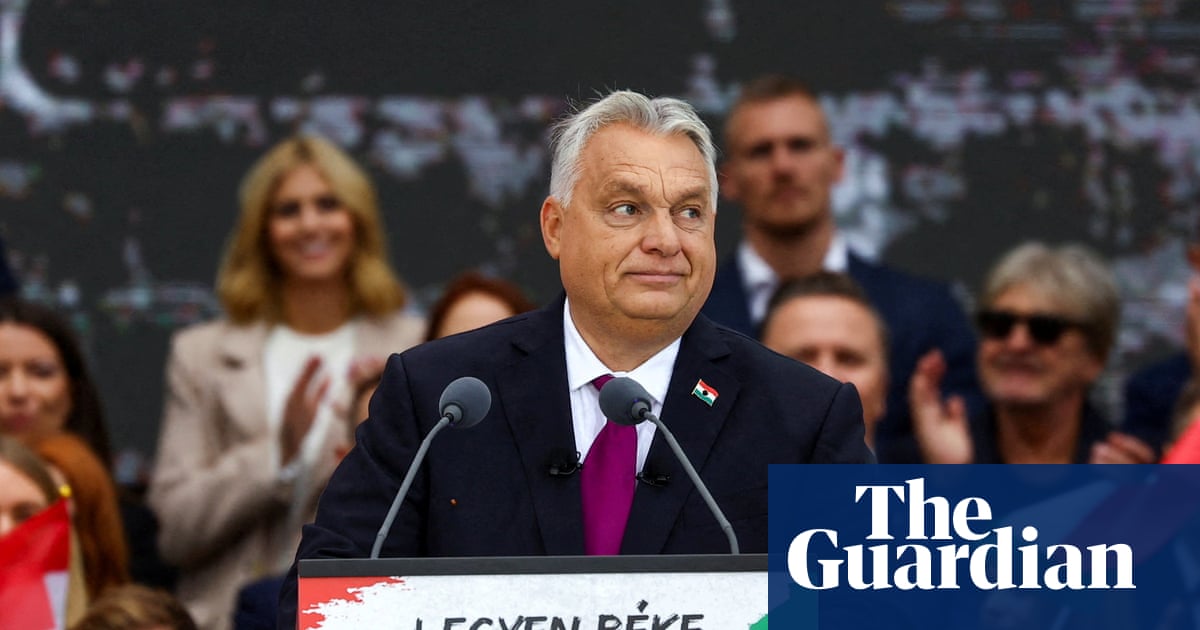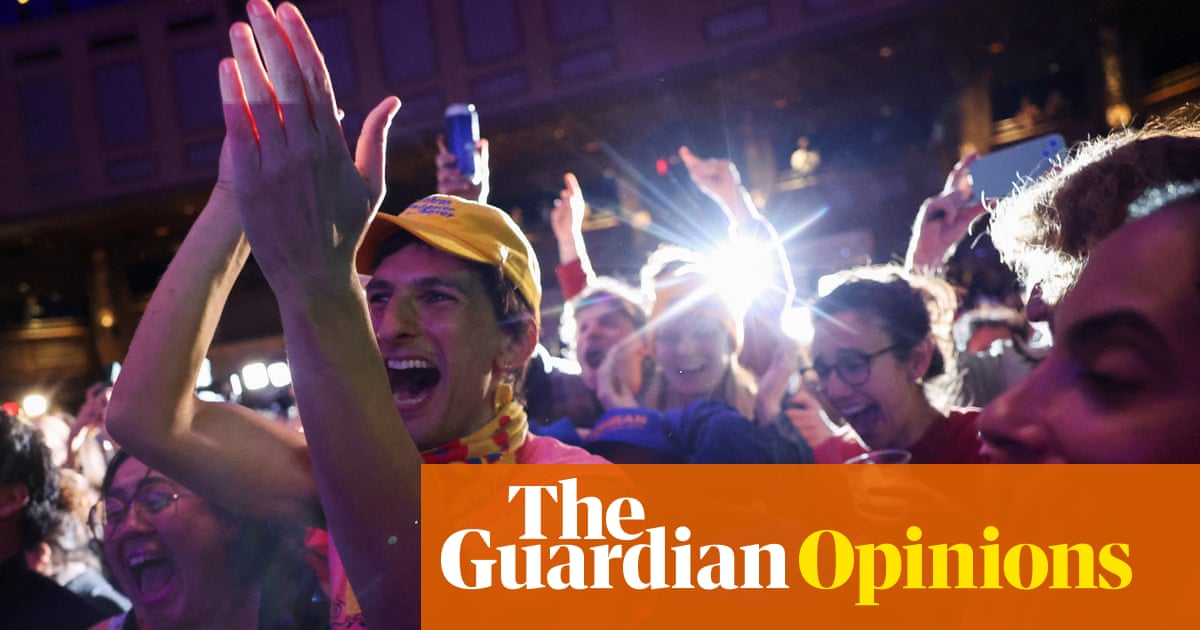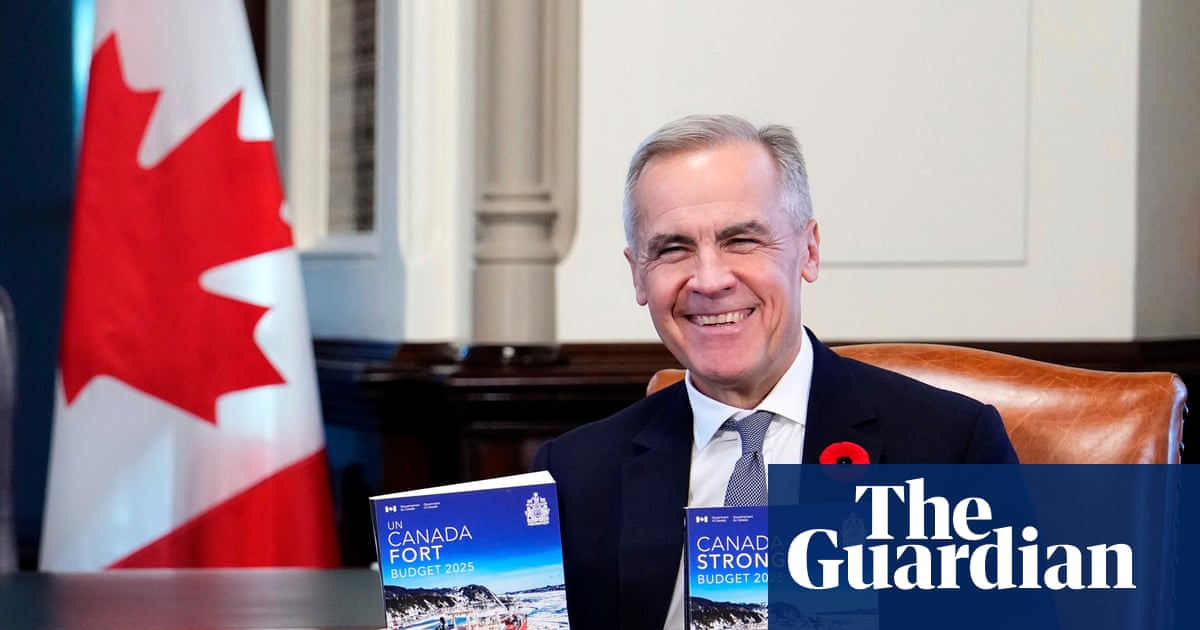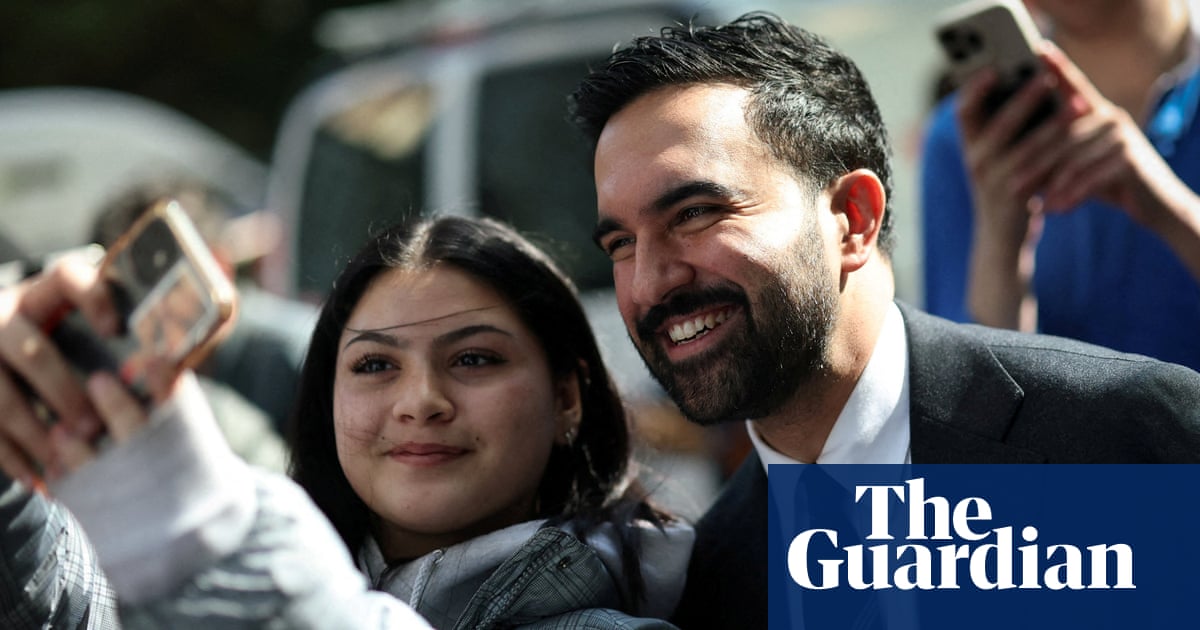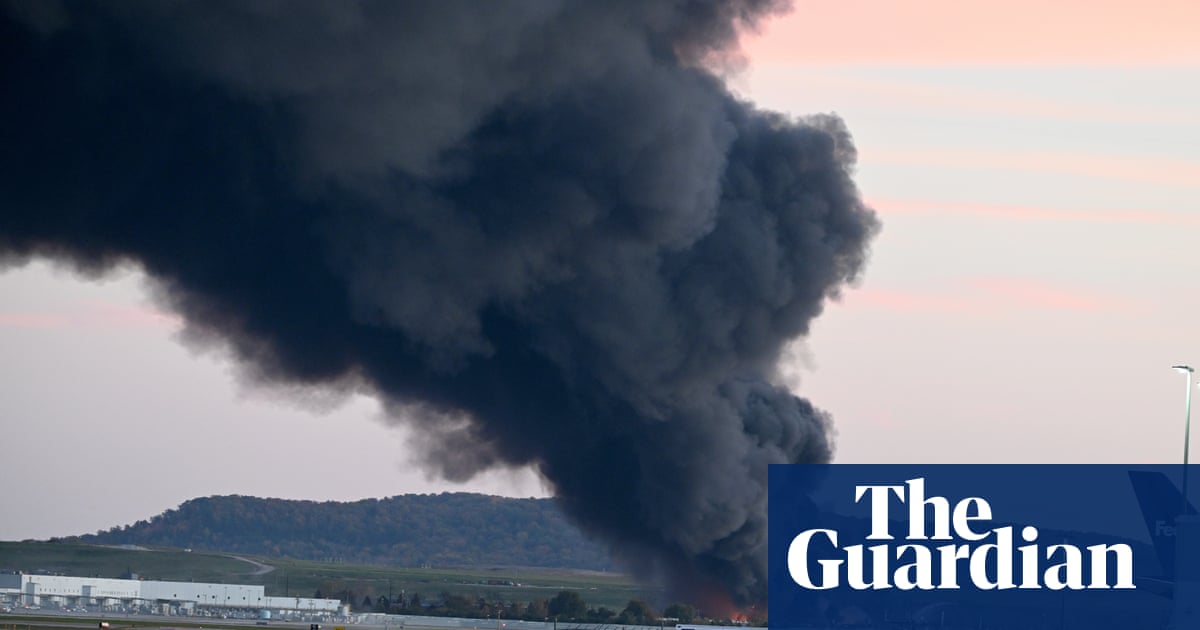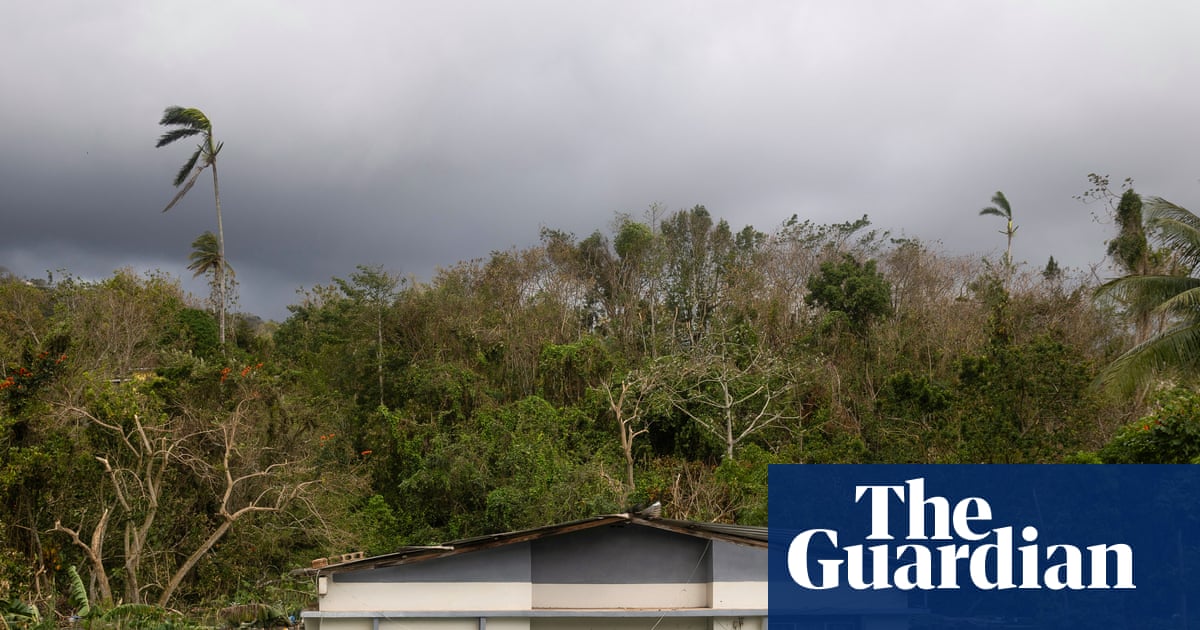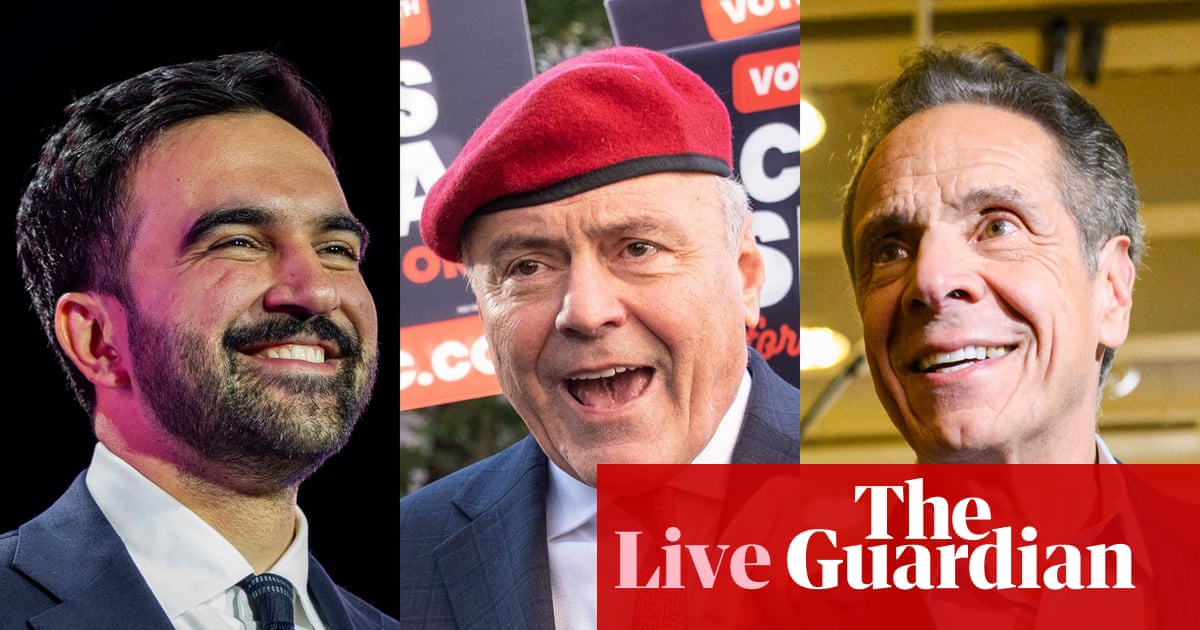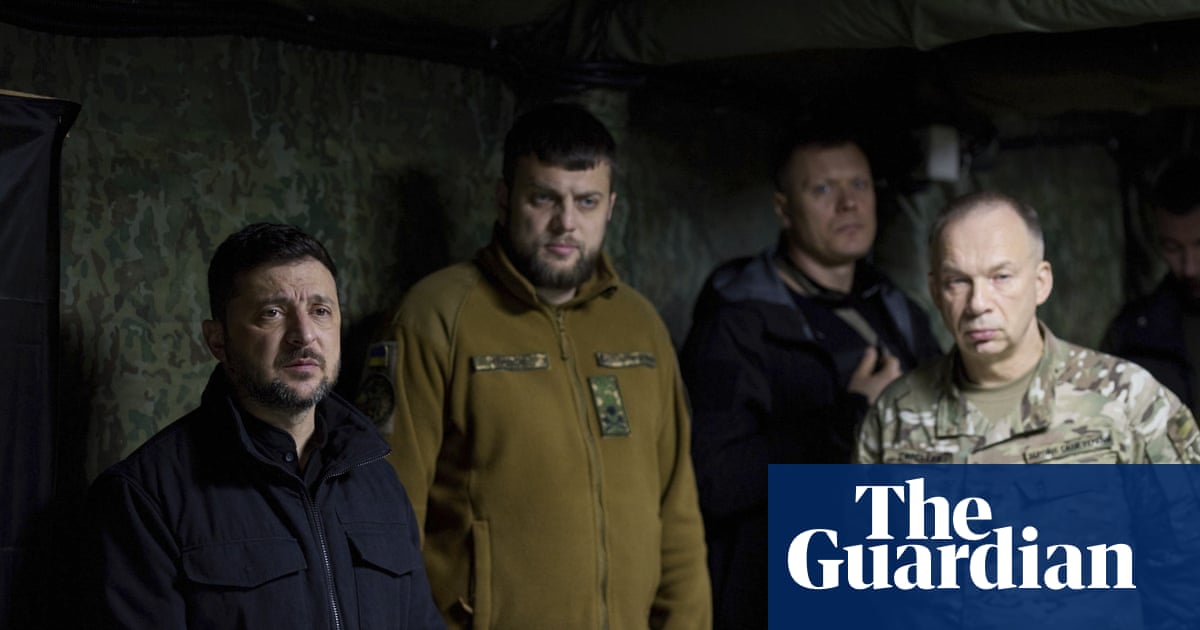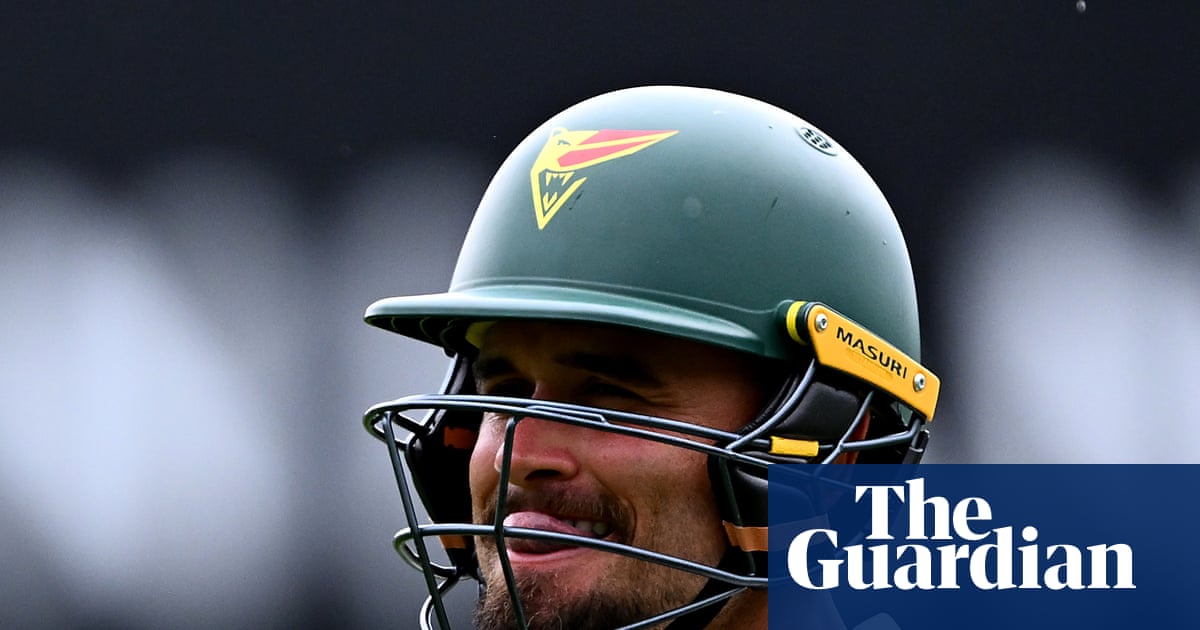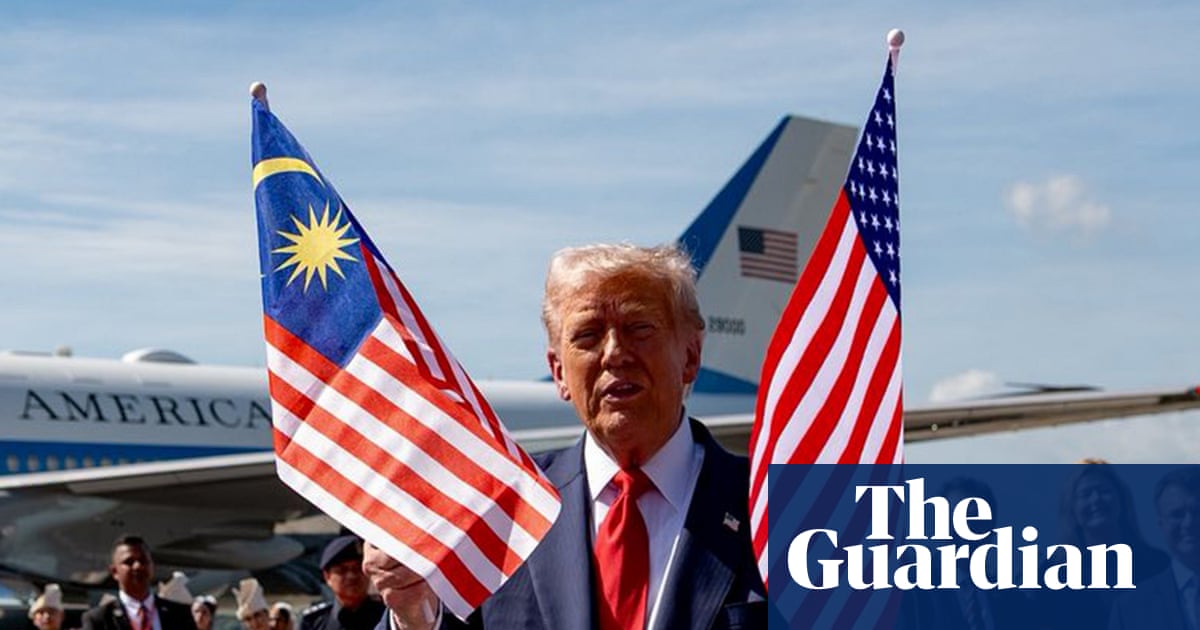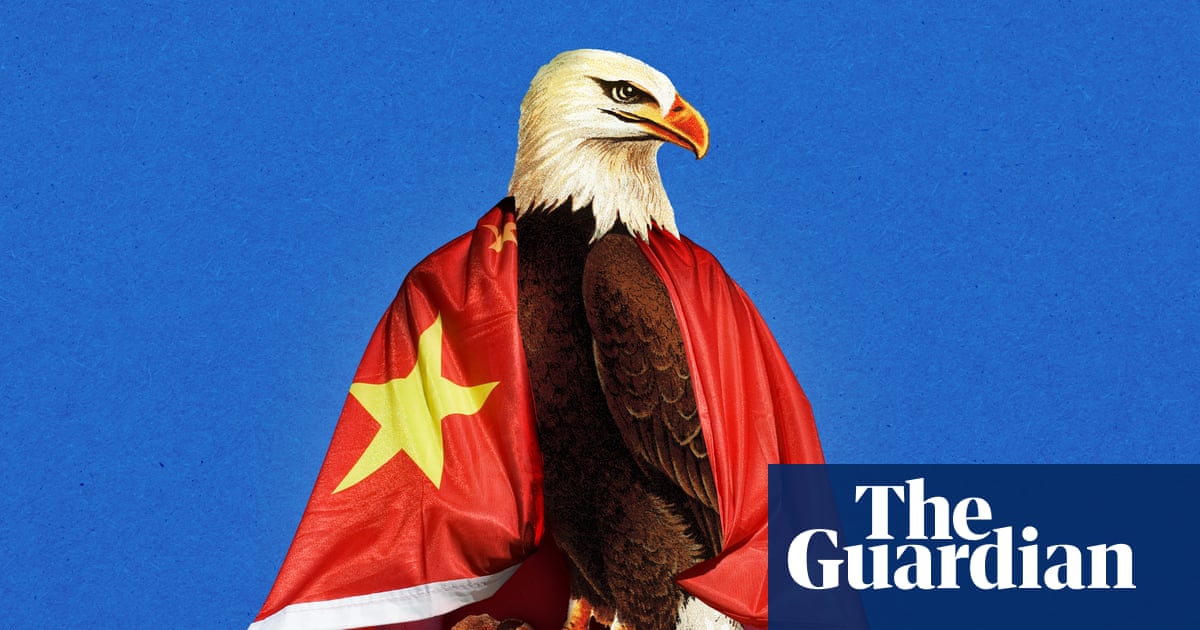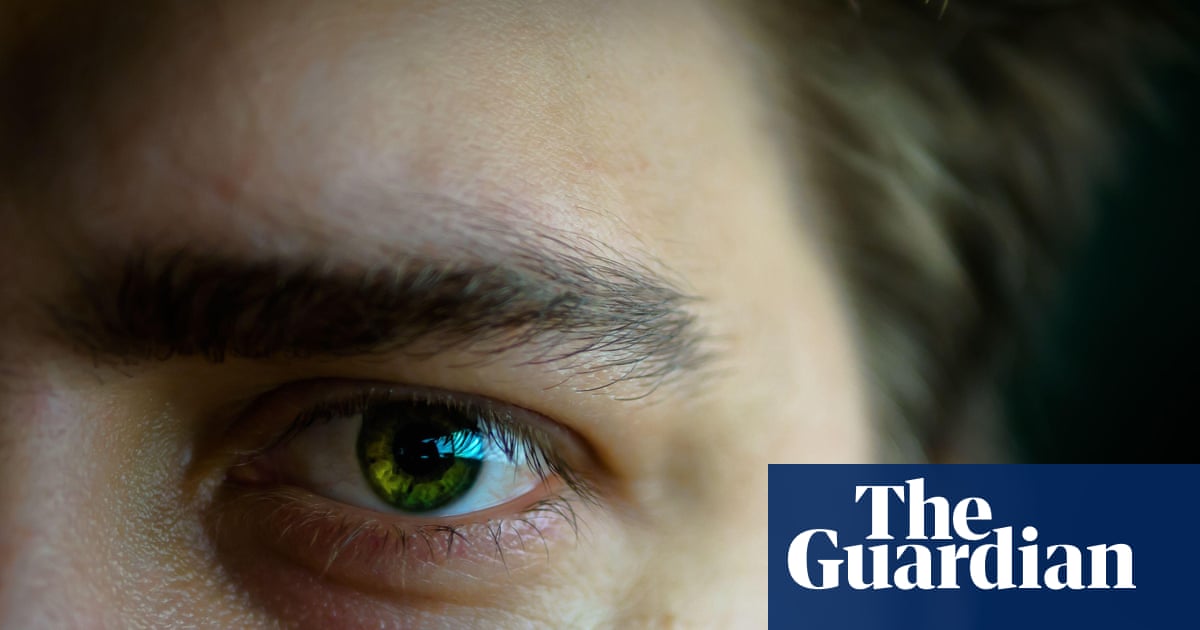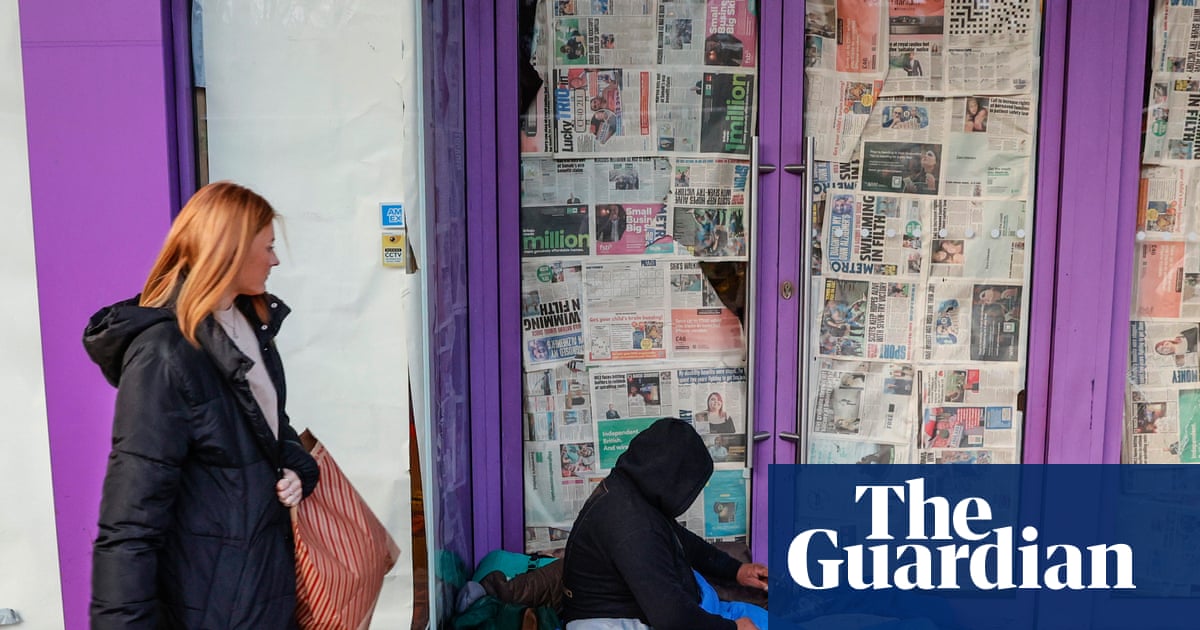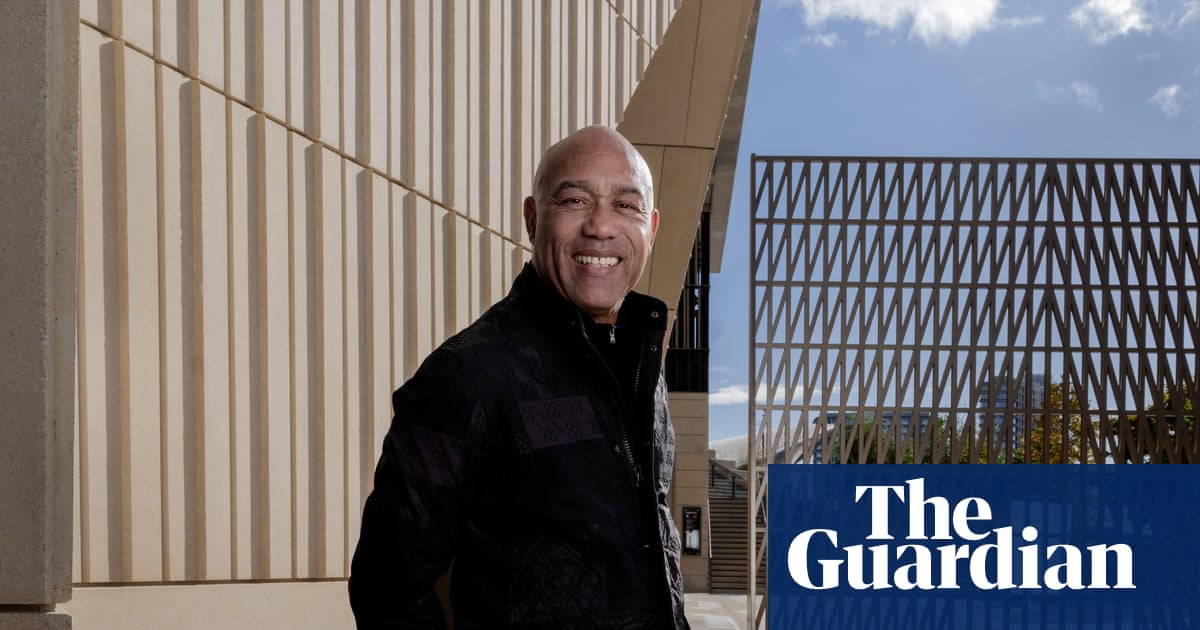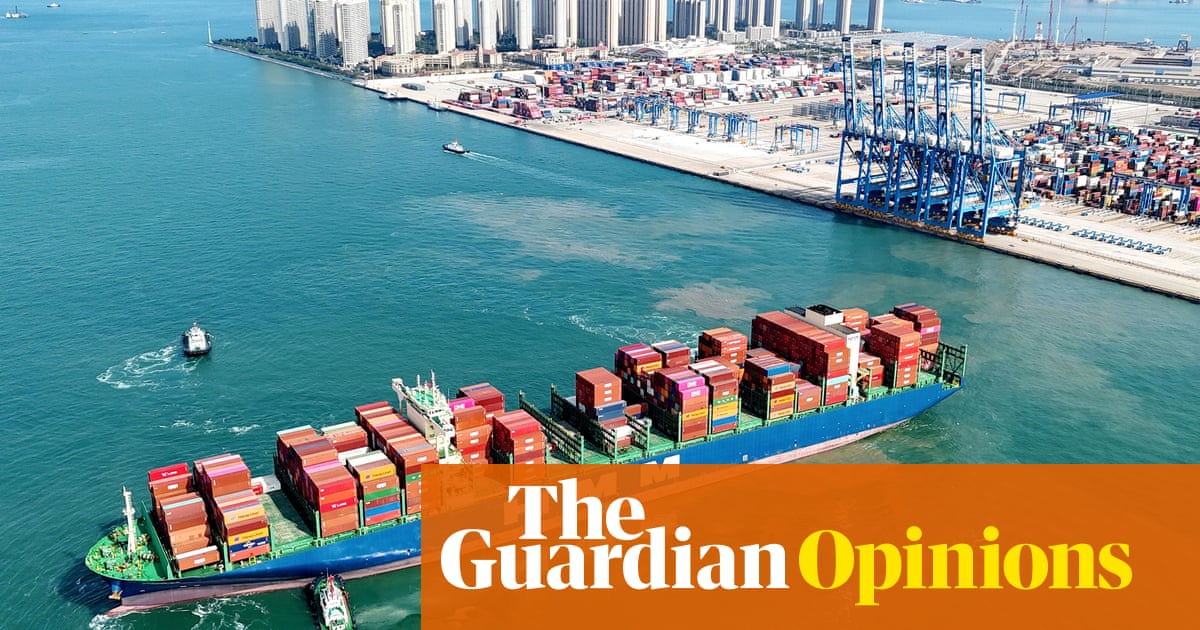Earlier this year, pamphlets fluttered down from a helicopter over Culiacán, capital of the Mexican state of Sinaloa, accusing an array of influencers and musicians of serving organised crime.
Four of the 25 faces on the pamphlet already had “ELIMINATED” stamped across them. Since then, two more have been picked off.
The latest was Camilo Ochoa, a narco-turned-YouTuber who was shot on 17 August.
In the midst of a war between factions of the Sinaloa cartel, influencers have become targets, reflecting both their alleged role in money laundering and their place in cartel propaganda, and the parallel war being waged online.
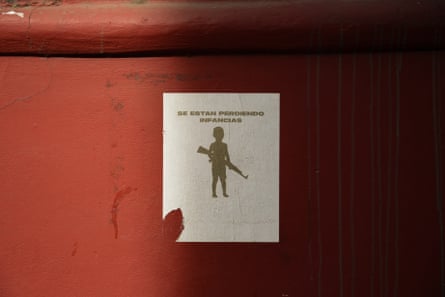
The conflict in Sinaloa erupted after Ismael “El Mayo” Zambada, who founded the Sinaloa cartel with Joaquín “El Chapo” Guzmán, was detained by US authorities along with one of Guzmán’s sons after a small plane touched down in Texas in July 2024.
El Mayo accused El Chapo’s son of betraying and delivering him to US authorities. Now a faction led by El Mayo’s son is waging war against another led by the two sons of El Chapo who remain free in Mexico.
The conflict has left almost 2,000 dead so far – including the six influencers on the pamphlet, and several others not on it.
The pamphlet was apparently put out by El Mayo’s faction, since it accused the influencers of laundering money for El Chapo’s sons.
After earlier spate of attacks on influencers in Sinaloa – including a YouTuber known as El Jasper, who was found with 70 bullet wounds – others on the list sought safety in other states or countries.
But now they are being hunted beyond the borders of Sinaloa. Ochoa was killed in the state of Morelos. And before that, Gail Castro, the brother of the famous influencer Markitos Toys, was gunned down in the state of Baja California.
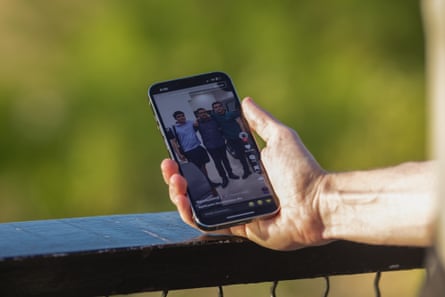
Markitos Toys, 26, took the top spot on the pamphlets, which were distributed in January. He began to grow a huge following about six years ago, and has courted controversy for his friendship with people close to El Chapo’s sons and his jet-setting lifestyle of sports cars and designer brands.
Markitos Toys was included on a list of 64 influencers in Sinaloa recently reported by Milenio to be under investigation by Mexico’s Financial Intelligence Unit on suspicion of having followings artificially inflated by organised crime groups. A part of the “clean” money such influencers receive from platforms for their content may then go back to the cartels.
Markitos Toys has denied the allegations. But he has been everywhere except Sinaloa since the war broke out and his parents’ house in Culiacán was riddled with bullets. On the pavement outside someone had carved “MF” – the mark of Mayito Flaco, the son of El Mayo.
“Organised crime is always looking for new ways to launder money: every inch of the ecosystem is explored by financial analysts,” said Salvador Mejía, a lawyer specialising in illicit finance.
But Mejía added that influencers remain a relatively minor channel for money laundering, and that their true utility for organised crime groups lies in the realm of propaganda.

“Cartels have their own PR departments,” said Mejía. “What we have is a propaganda machine.”
Organised crime groups have long used gruesome videos of torture, confession and execution, or messages scrawled on banners, often left alongside bodies, to send messages and manipulate public opinion.
More recently they have taken to social media, where narco-influencers advertise a certain lifestyle and closeness to organised crime, often couched in aspirational terms and in content designed to appeal to teenagers.
Now these influencers have been sucked into a parallel propaganda war in Sinaloa, where they might be asked to convey certain messages, and where they themselves have become targets, said Javier Llausas, director of Building Spaces for Peace, an NGO in Sinaloa.
“This is a war,” said Llausas. “And as in any war, propaganda matters.”

 2 months ago
44
2 months ago
44
